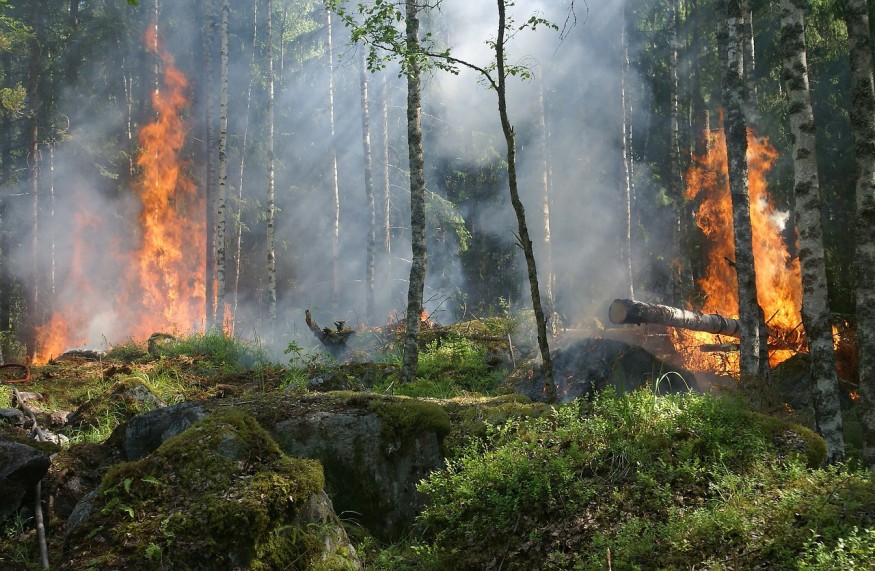Forest fires and other types of wildfires worldwide have increased in recent years, based on recent incidents, including the ongoing Canadian megafires and last year's French wildfires during a European heat wave.
As blaze sweeps through countless acres of forested and grass areas, natural wildlife habitats and agricultural lands are destroyed, as well as threatened heavily populated human settlements.
While wildfires occur due to various factors per region or country, climate scientists point to common factors, extreme weather conditions such as drought.
The basis behind increased fires in previous years coincides with increasing temperatures, drought conditions, and other fire weather conditions, a term used by the National Weather Service in the United States.
The European landscape is different since temperatures are much colder, especially in the northern part where the cold Nordic Region is located, with countries consisting of Denmark, Finland, Iceland, Norway, Sweden, Faroe Islands, and Greenland.
However, the Nordic climate in the past decades saw significant changes in the region in terms of extreme weather conditions.
Nordic Forest Fires

In recent reports, scientists assert forest fire threat is increasing in Sweden and other Nordic countries amid a drought.
This comes soon after the Northern Hemisphere entered its summer season that started on June 1.
Although temperatures are expected to get warmer, extreme weather conditions have never been this severe in modern history.
The European monitoring service Copernicus estimated that 90% of Denmark, 51% of Finland, and 48% of Sweden.
Climatologist Gustav Strandberg stated Sweden is undergoing its driest start to June for "at least 20 years," as cited by Phys.org.
Worldwide Forest Fire Incidents
As said earlier, the frequency of forest fires has spiked in different parts of the world, including in North America, Europe, Asia, and Australia.
In the United States, the Federation of American Scientists estimated 68,988 wildfires burned 7.6 million acres in 2022; more than 40% of this area was in Alaska.
Wildfire threat has continued this year, with over 18,300 wildfires impacting over 511,000 acres as of June 1.
In Spain, "mega forest fires" have erupted and forced more than 1,500 people to evacuate in May, prompting firefighters to battle the blaze, including in Valencia's Castellon province, Euronews reported.
In Australia, the fire season from late 2019 and early 2020 saw devastating bushfires across the country.
The fires or smoke from it were reportedly responsible for the deaths of over a billion animals.
According to the World Wildlife Fund, the Australia bushfire crisis either killed or displaced nearly 3 billion animals.
Extreme Weather Conditions
Amid the wildfire threat in the Nordic Region and other countries worldwide mentioned earlier, scientists often discuss these events and link them to extreme weather events caused by climate change and global warming.
Scientific studies indicate extreme weather events like heat waves and massive storms are set to become more frequent or more intense in the future due to human-induced climate change, as cited by the U.S. Environmental Protection Agency.
© 2025 NatureWorldNews.com All rights reserved. Do not reproduce without permission.





